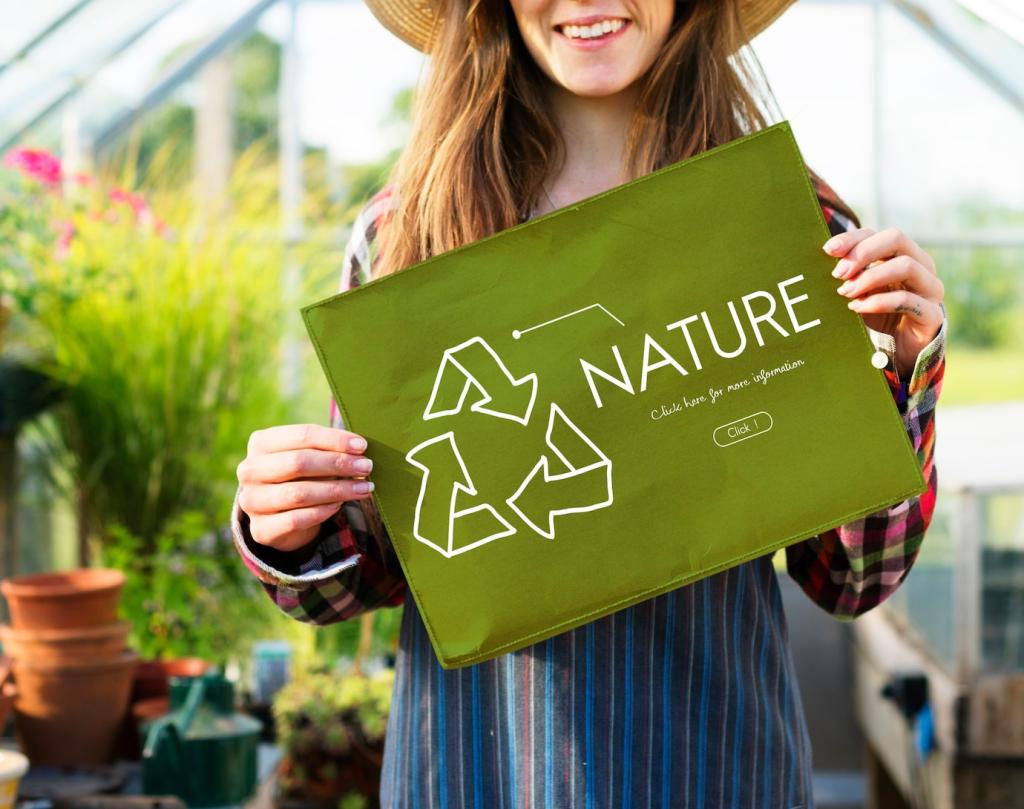Care Routines That Keep Toxins Low
Open windows when weather allows, vacuum upholstery with a HEPA filter, and rotate cushions for even wear. Skip synthetic fragrance sprays. These simple routines support non-toxic upholstery choices by discouraging dust accumulation and reducing reliance on aggressive cleaners later.
Care Routines That Keep Toxins Low
Blot spills quickly with a clean, undyed cloth. Use mild soap, water, and patience; enzyme-based cleaners can help for protein stains. Always test on a hidden spot. Consistent care reduces the need for solvent-heavy treatments that undermine your non-toxic upholstery choices over time.



